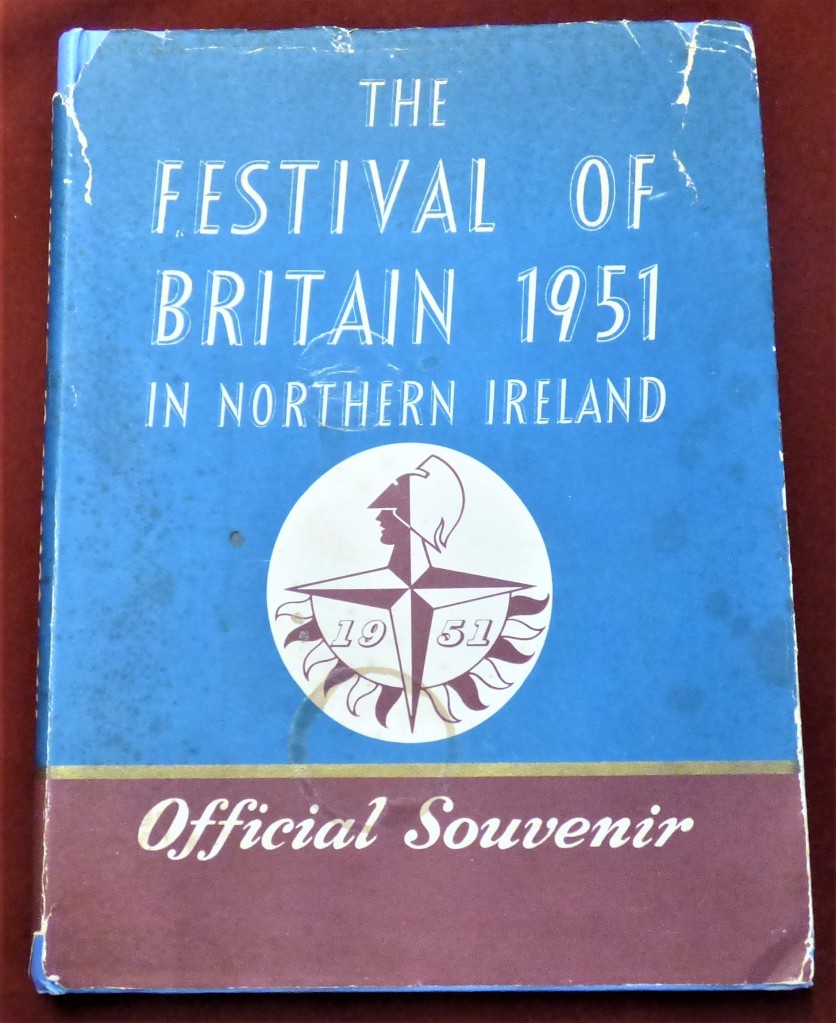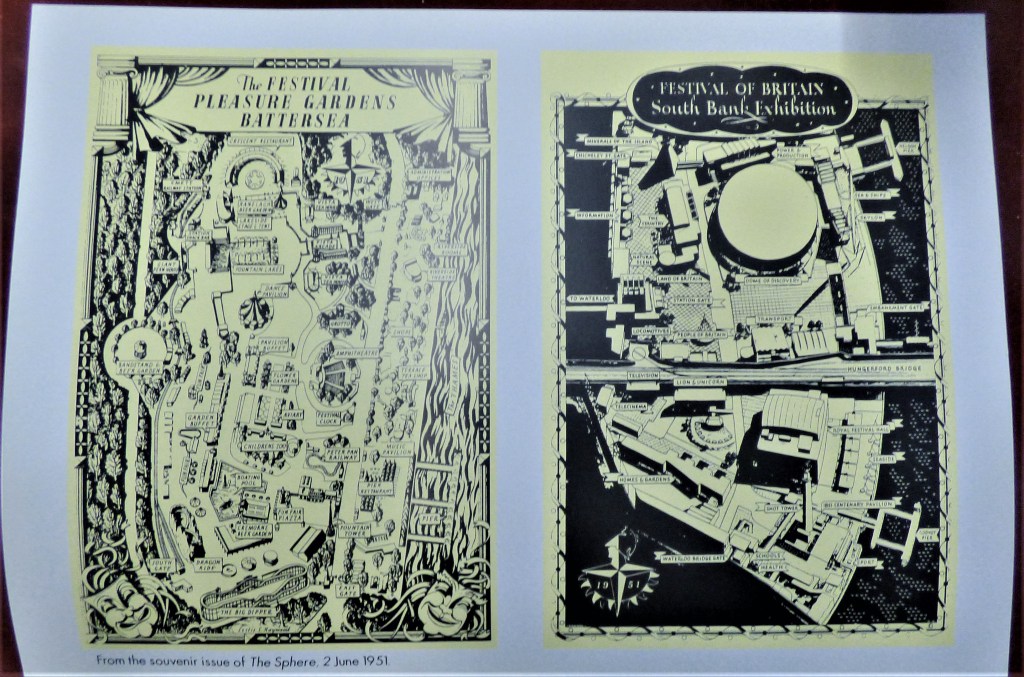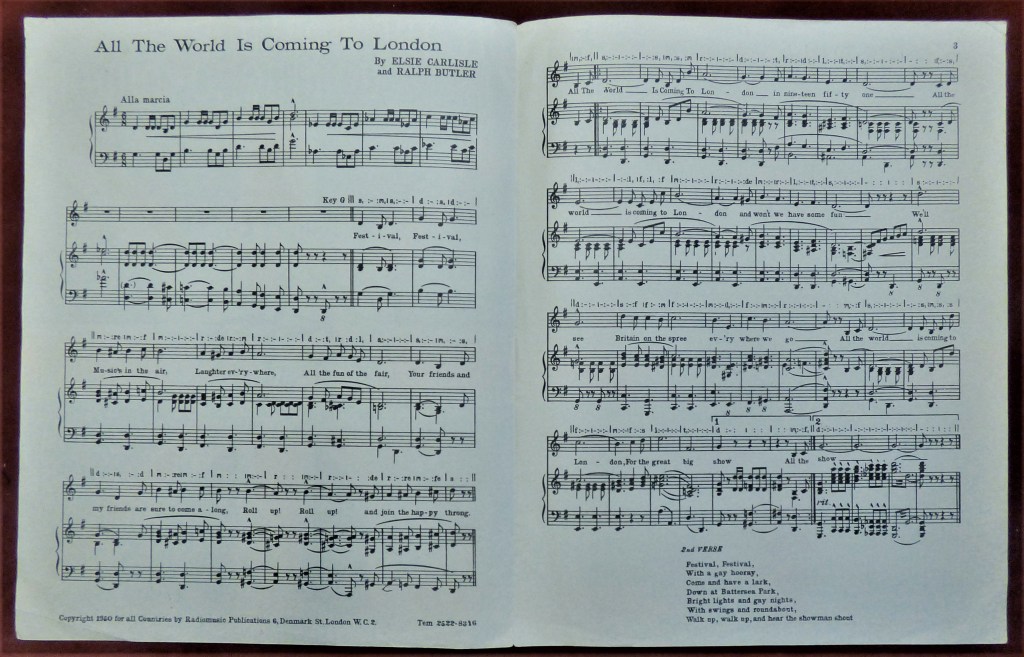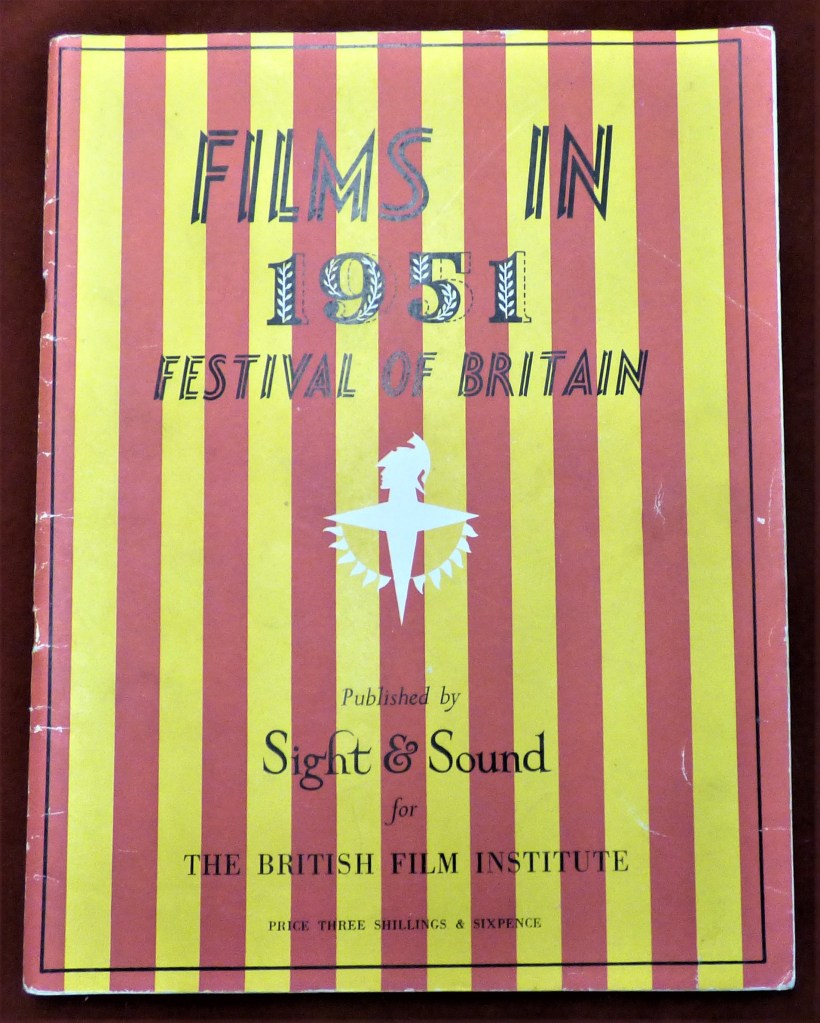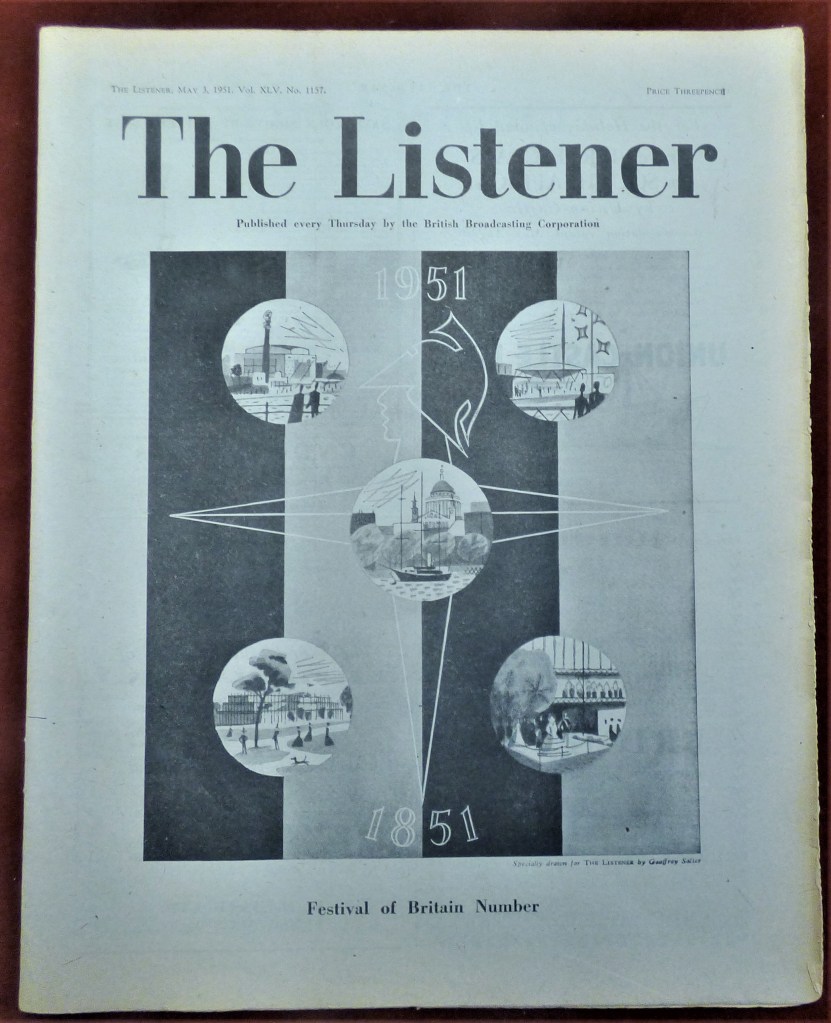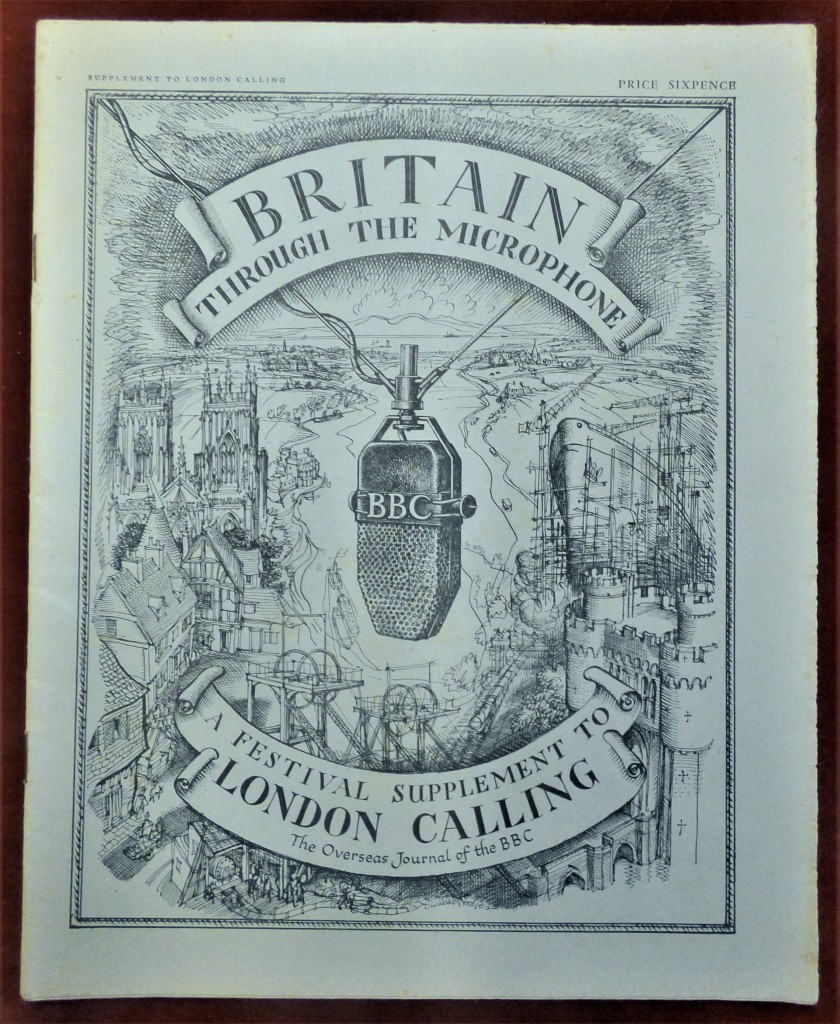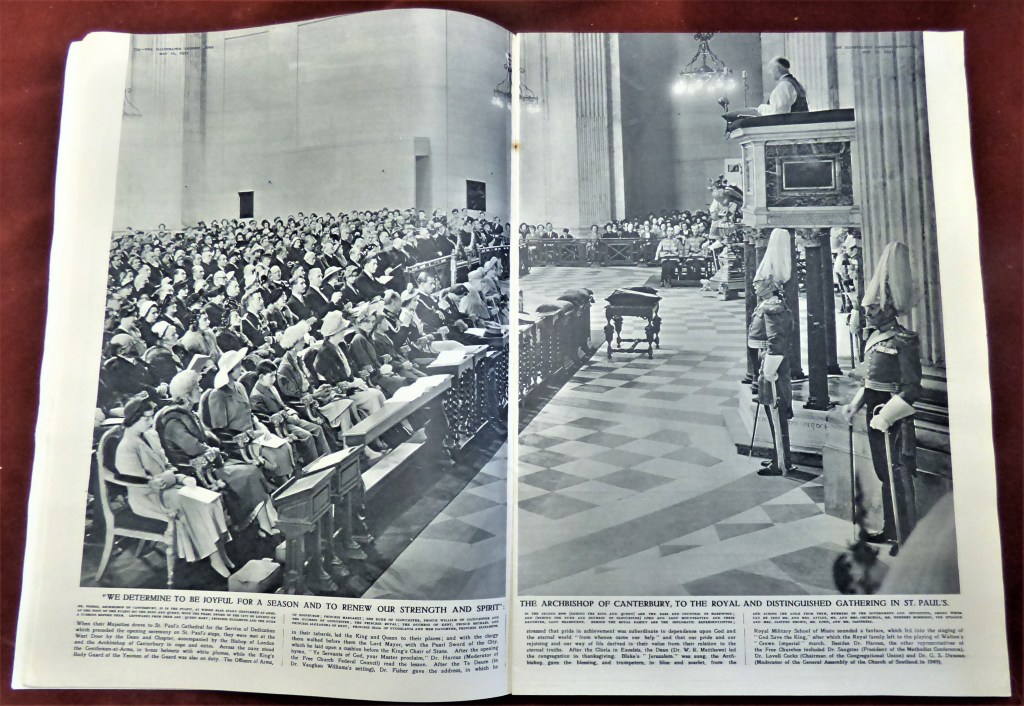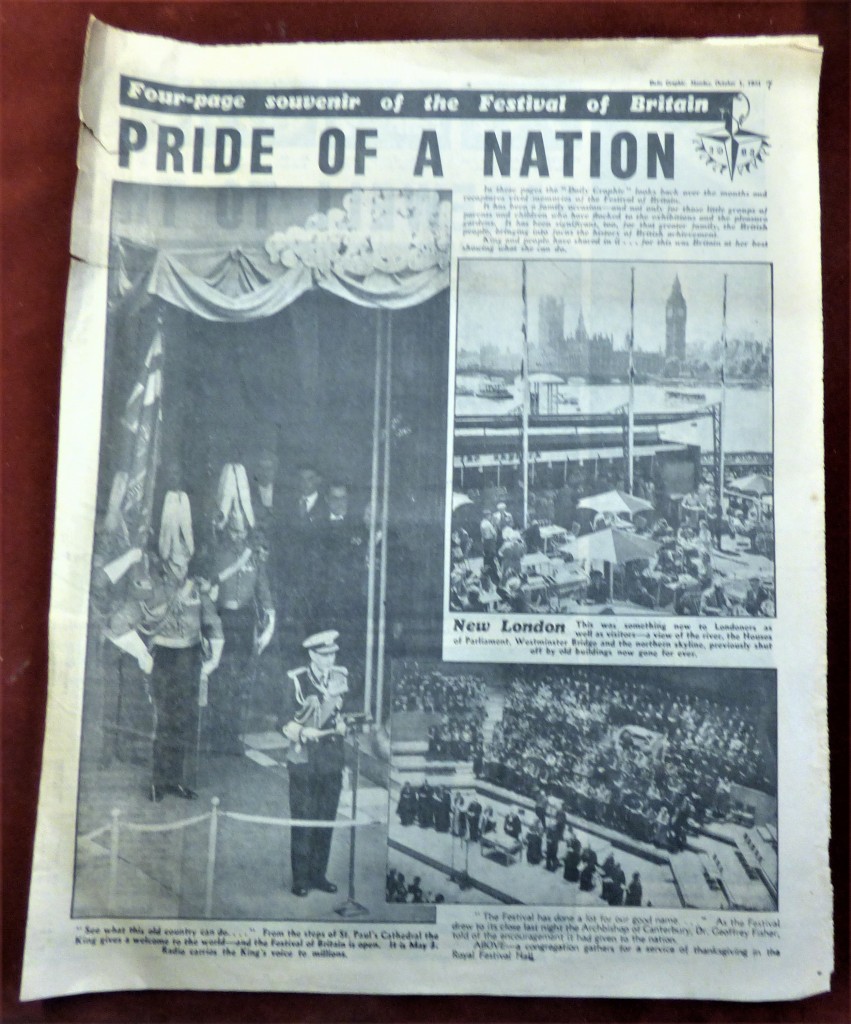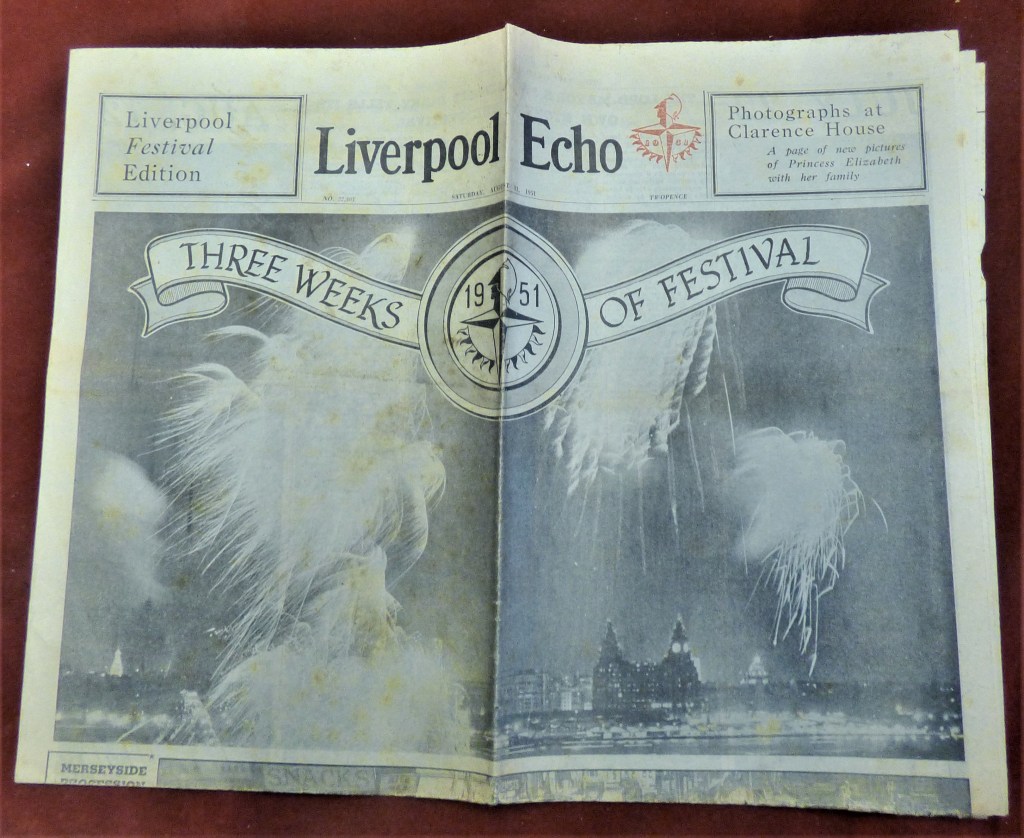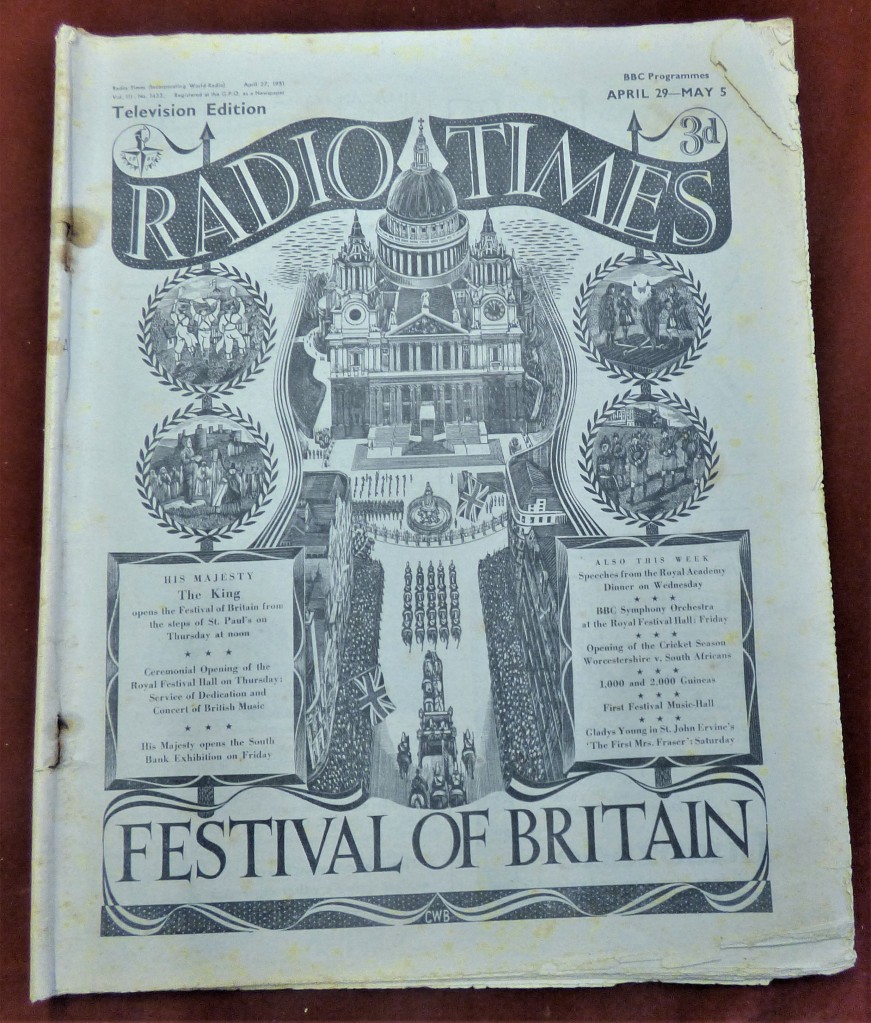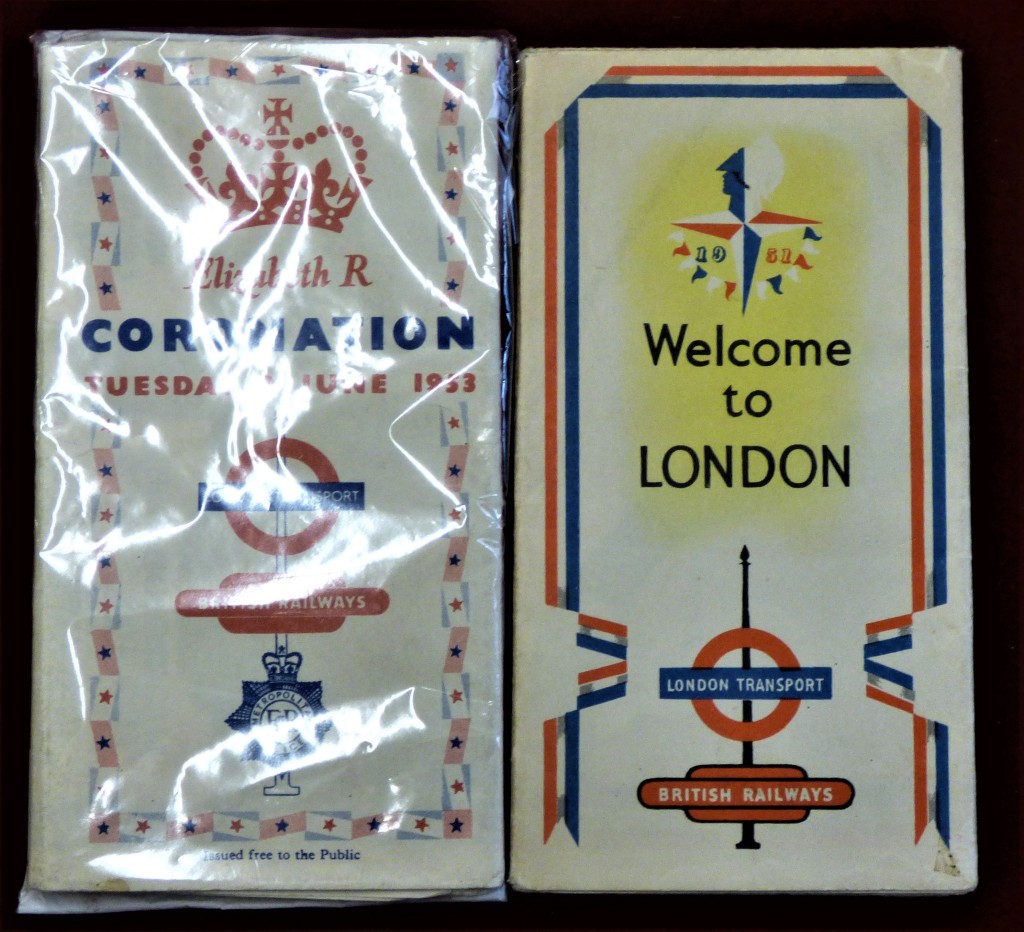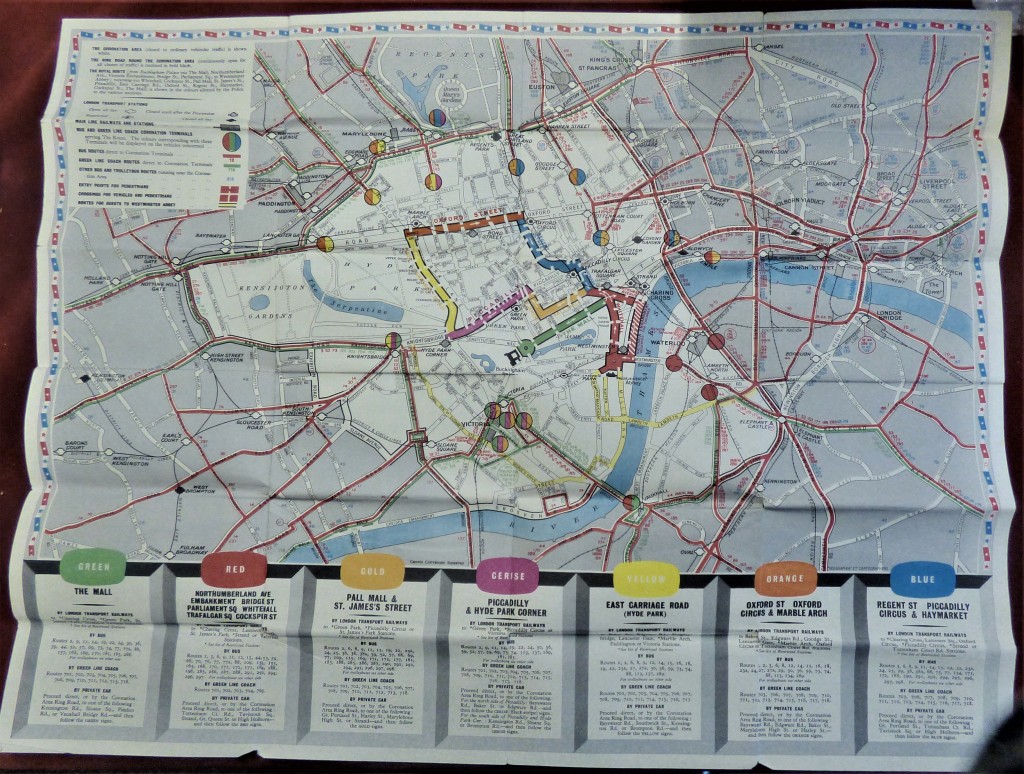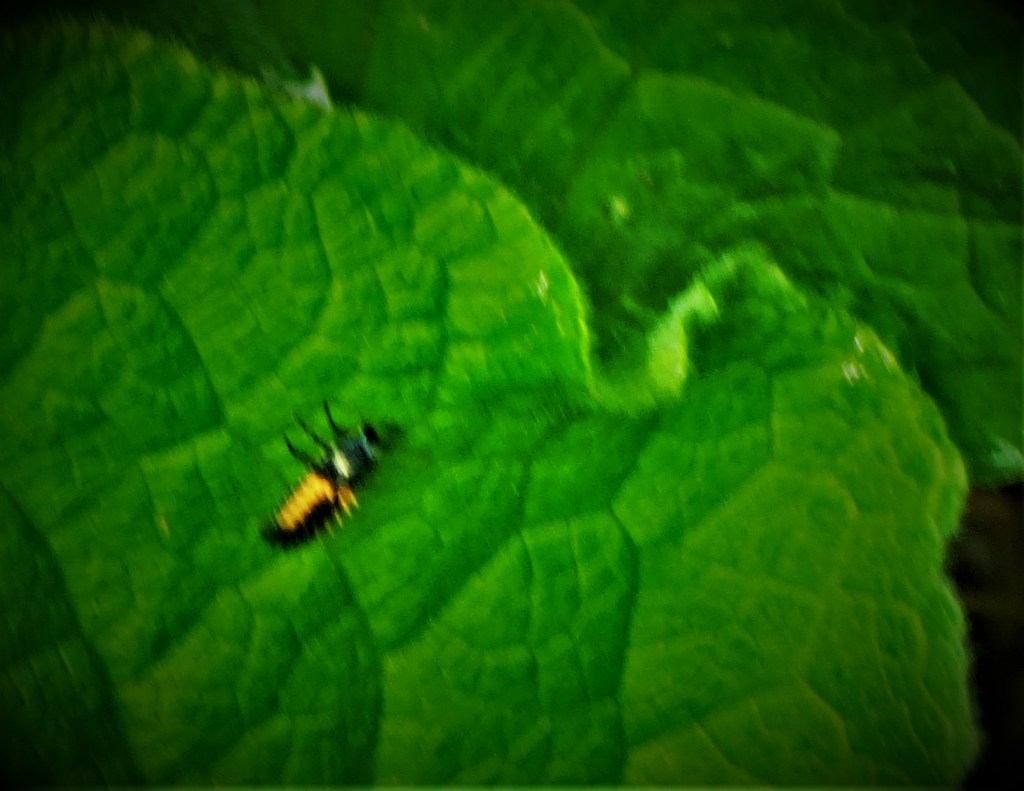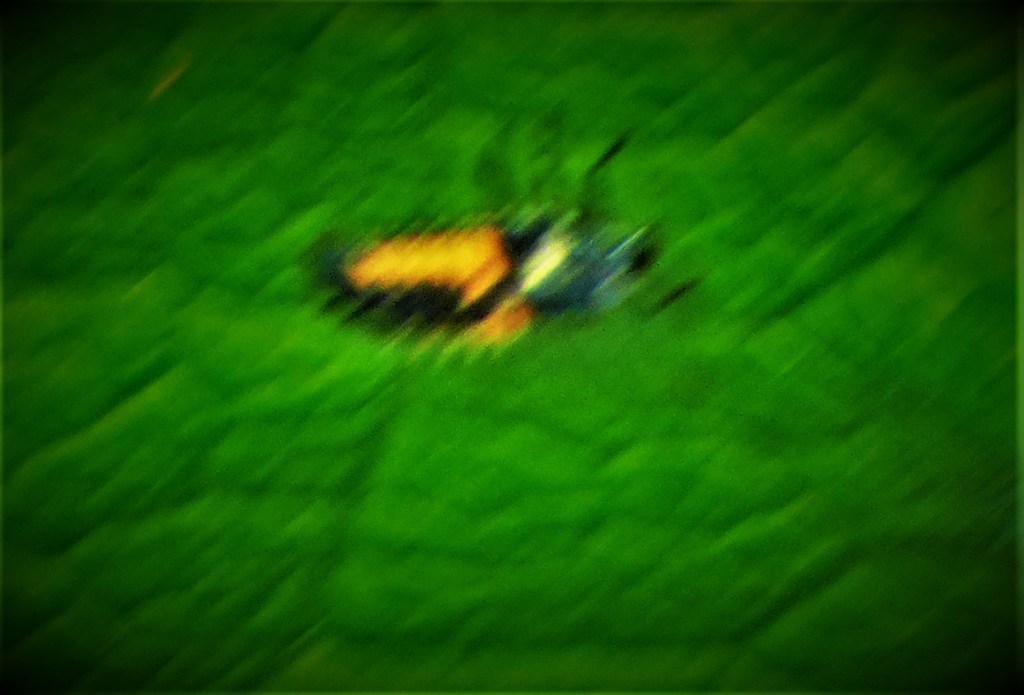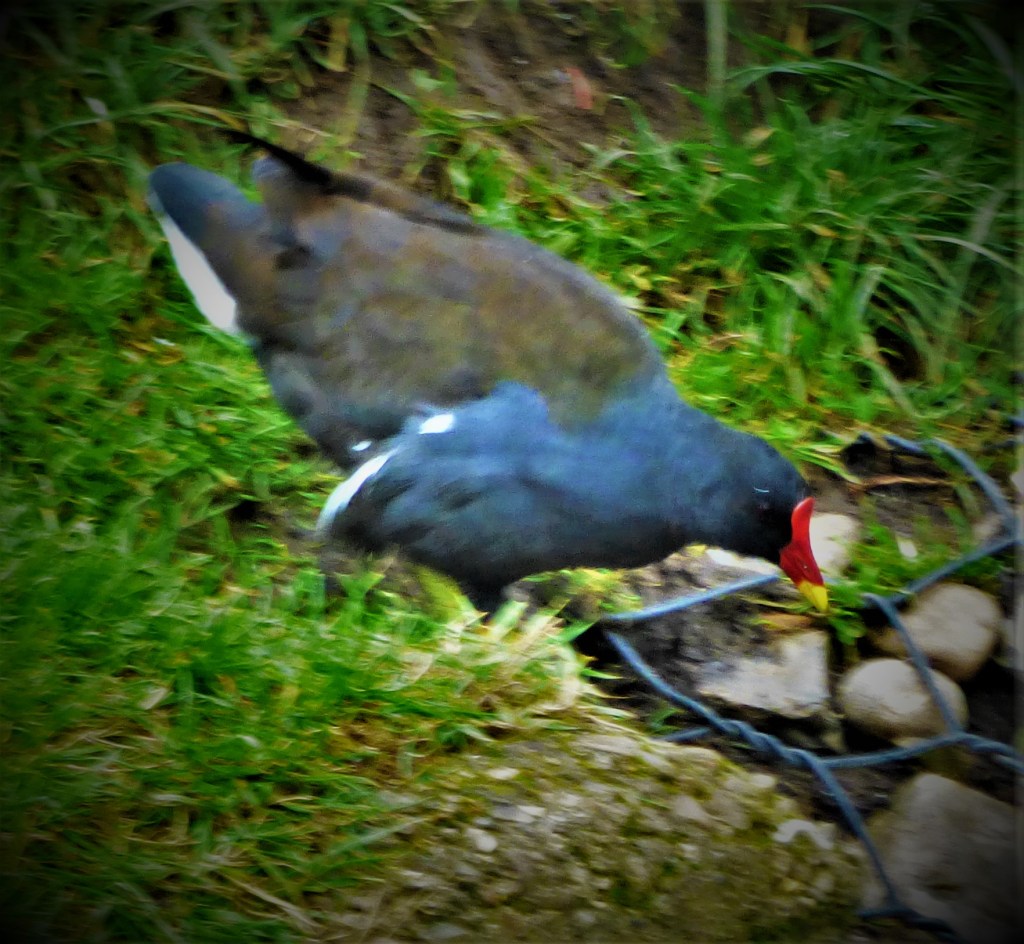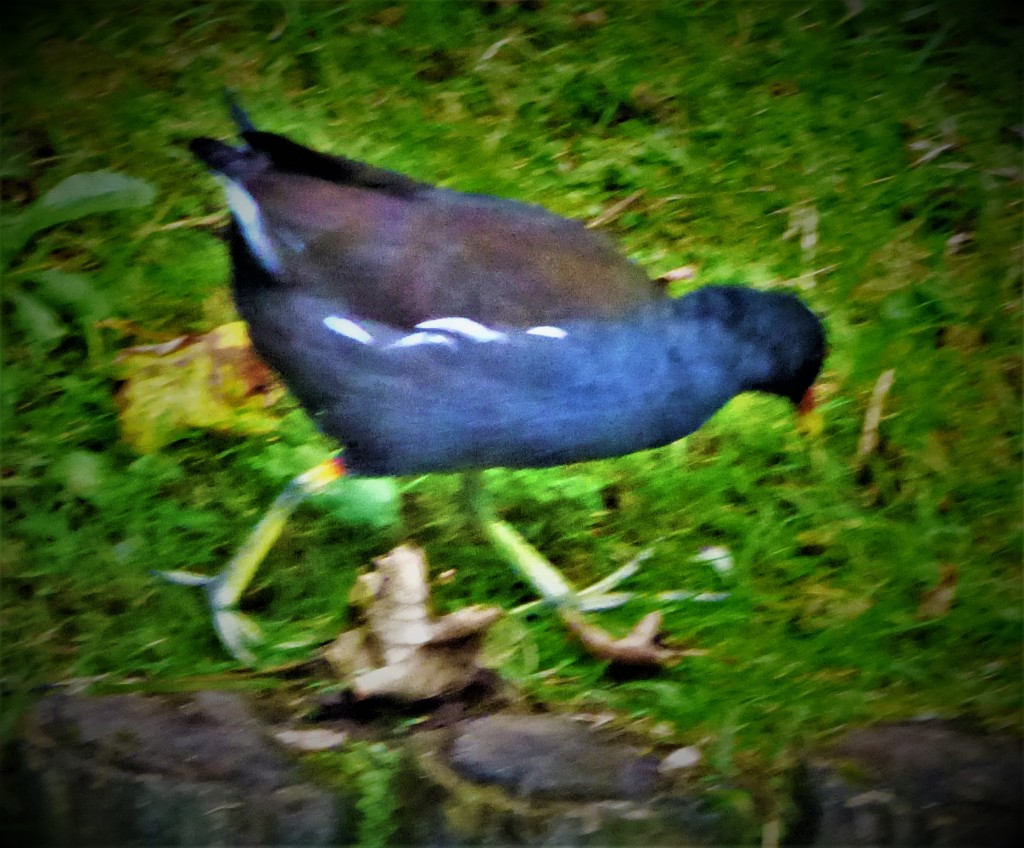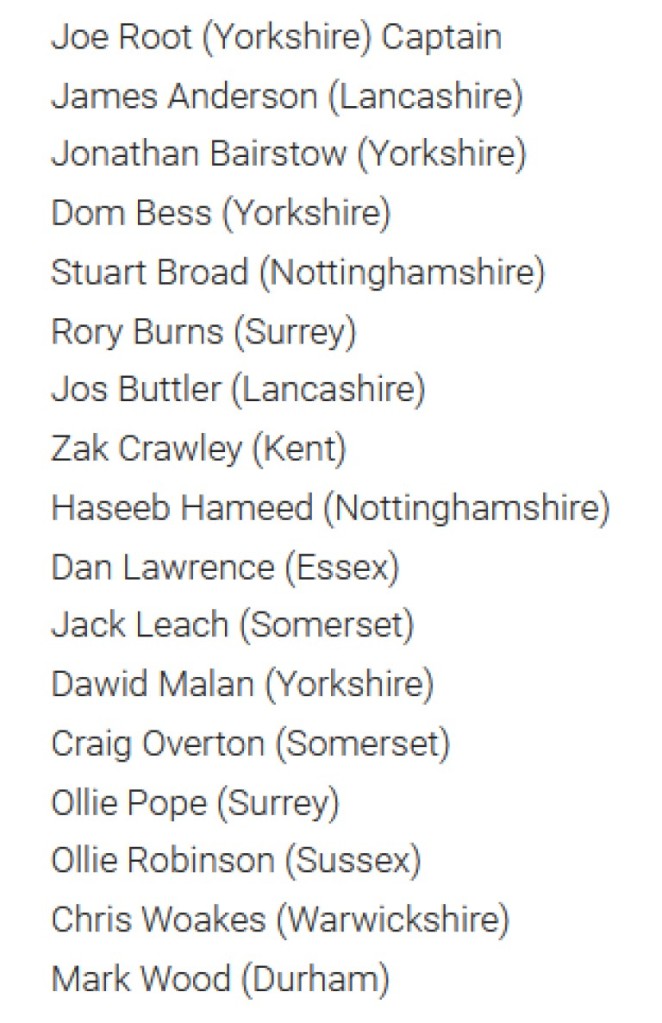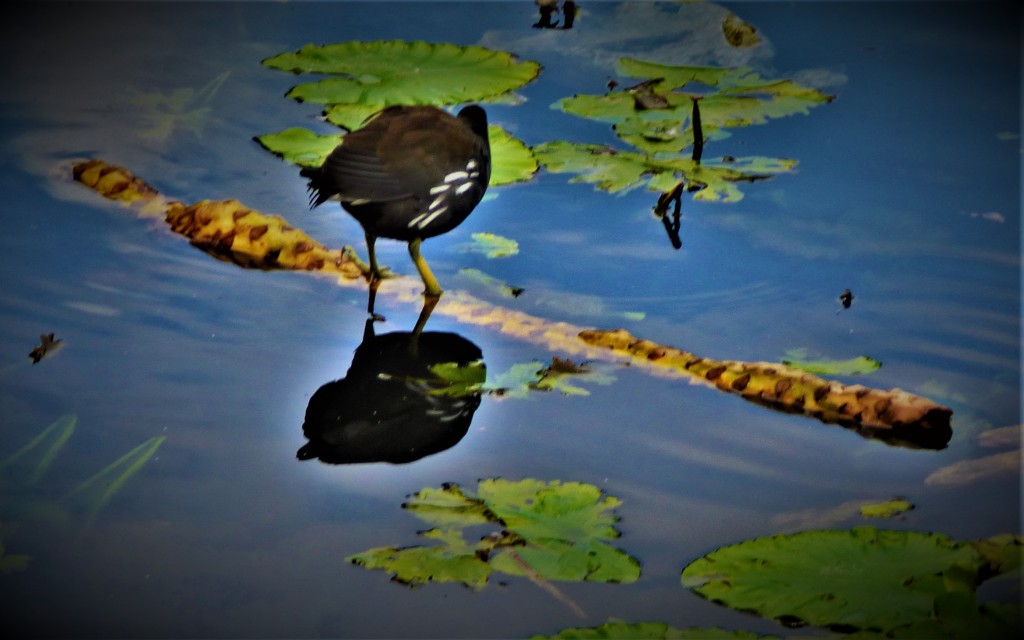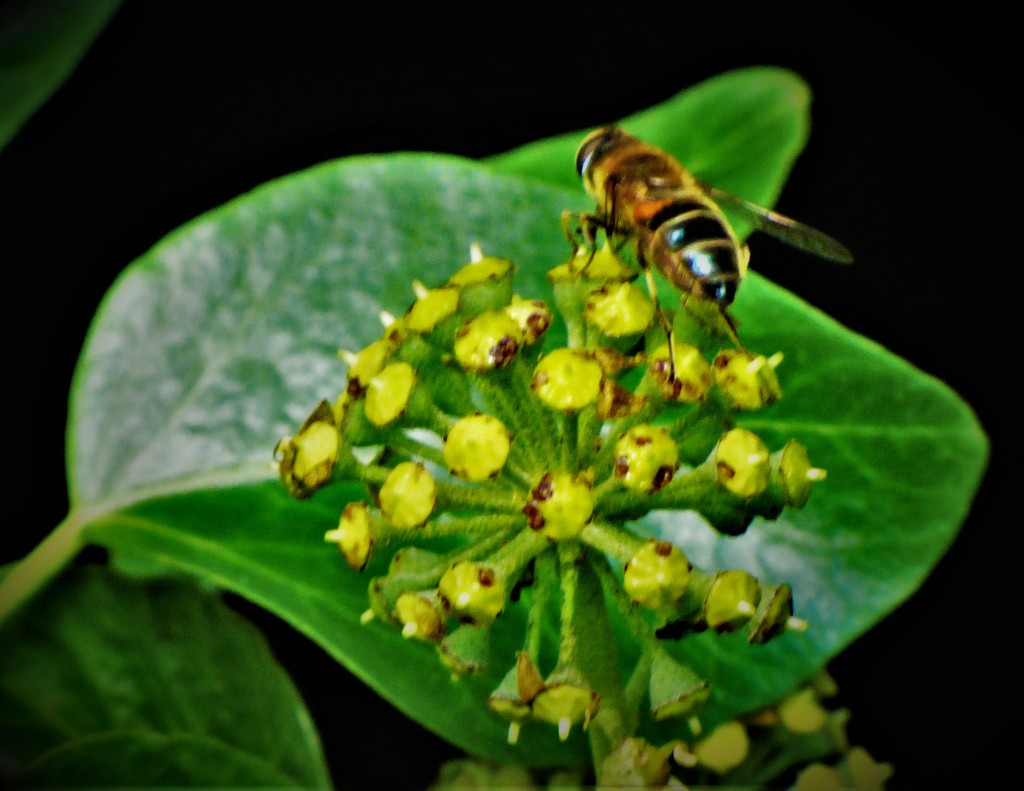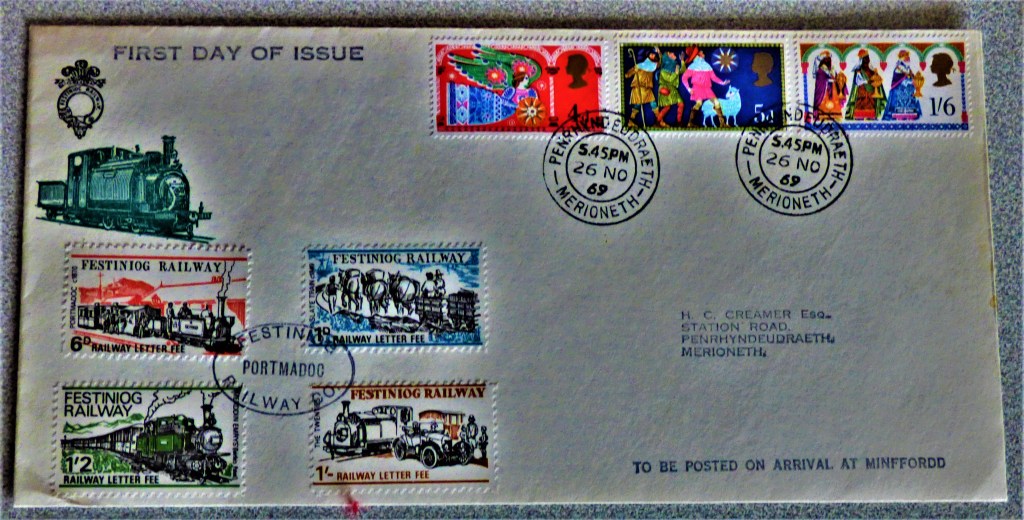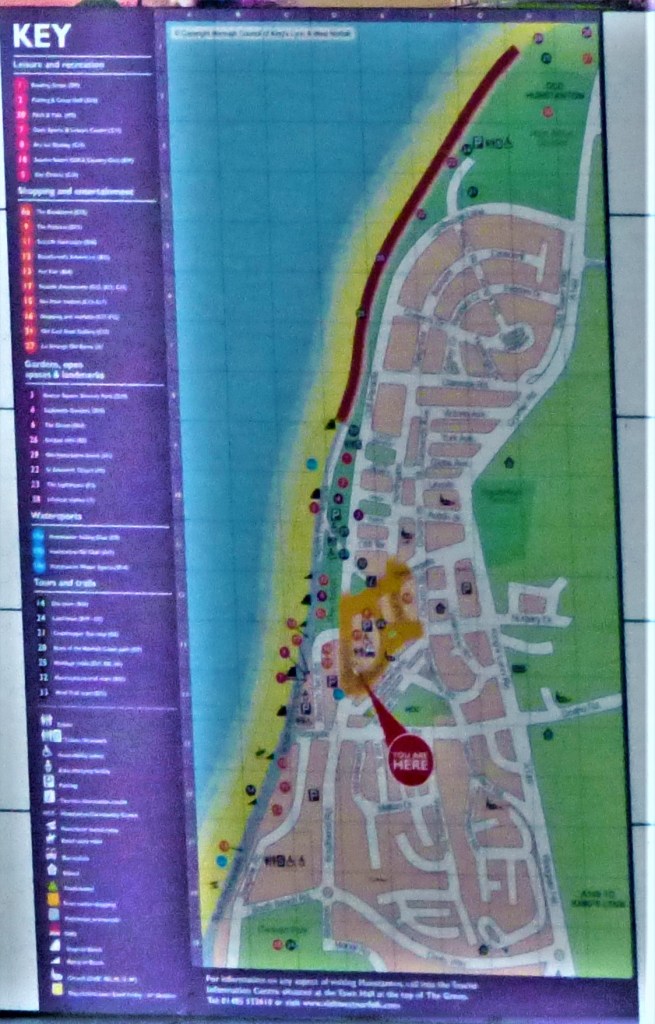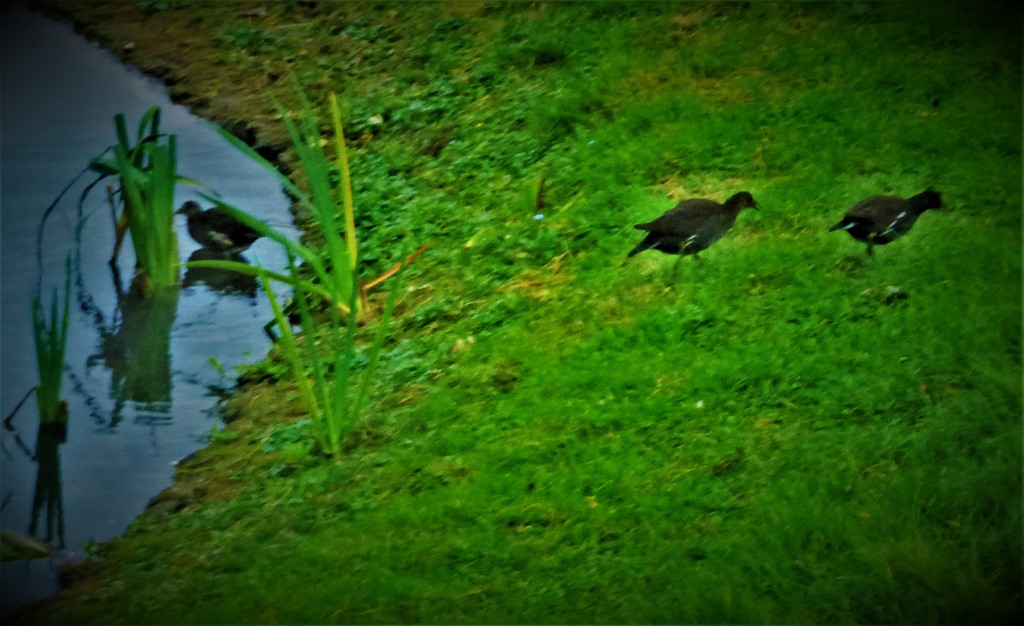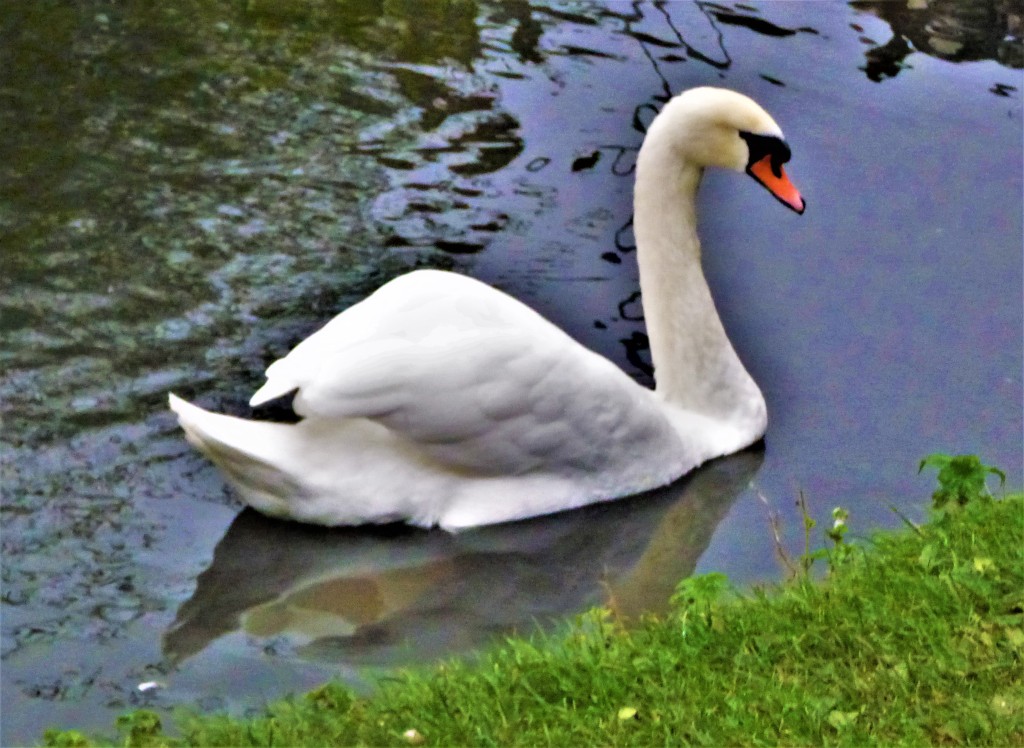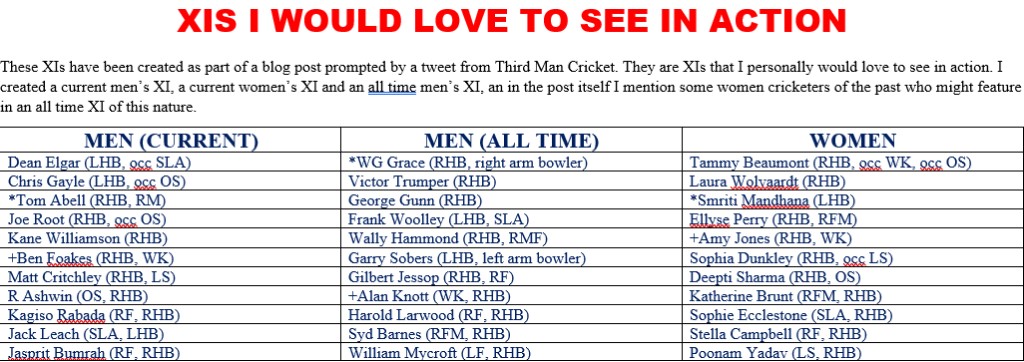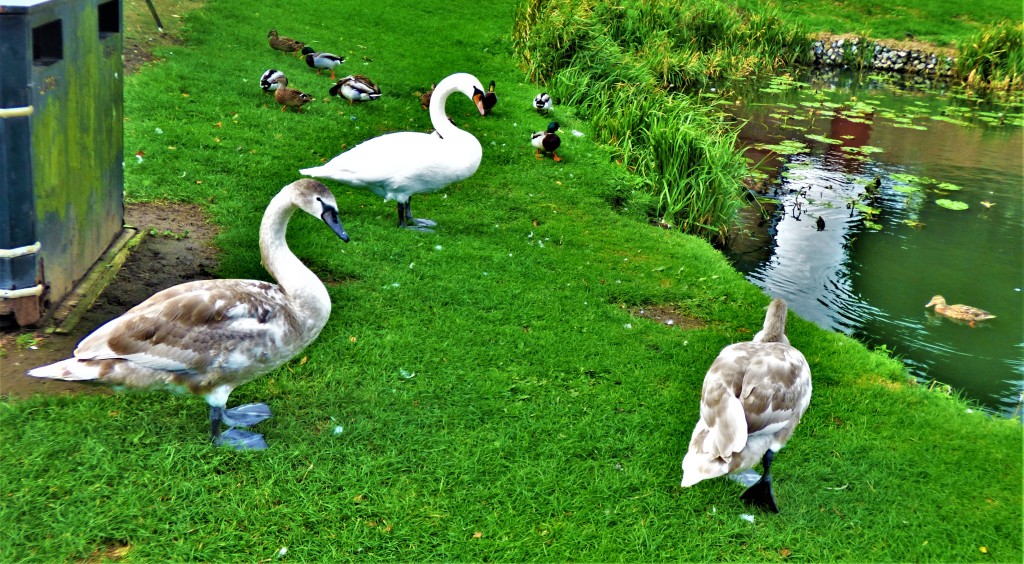Yesterday the Super 12 stage of the T20 World Cup in Dubai got underway, with Australia beating South Africa and England obliterating the West Indies. In this post I look back at the events of the first round matches, which provided four of the teams contesting the Super 12s. Before that, I have a small piece of business to attend to: Phoebe has once again opened up her blog for people to share details of their own blogs.
EARLY EXCHANGES
I covered the opening day in this post. The day after those events the second group got underway. Ireland beat the Netherlands, with Curtis Campher taking four wickets in four balls, only the third bowler ever to do so in an international match (Lasith Malinga has done so twice, in an ODI and a T20I, and Rashid Khan of Afghanistan did it against Ireland in a T20I). Max O’Dowd scored a fighting 50 for the Netherlands but had zero support from the rest of the order. Campher followed up his bowling by being there to see Ireland over the winning line. In the other match Sri Lanka beat Namibia.
The second set of fixtures in the other group saw Oman fight hard but ultimately lose to Bangladesh, while Scotland beat Papua New Guinea.
Sri Lanka beat Ireland, and Namibia got the better of the Netherlands, confirming the latter’s elimination with a round to go. O’Dowd once again batted well, but once again had no support.
With Bangladesh beating PNG the game between Scotland and Oman became effectively a straight fight for one qualification spot. Oman managed only 122 from their 20 overs, with Josh Davey bowling especially well. Scotland were in control throughout the chase, and Richie Berrington finished the match with a six. Scotland thus won the group with three wins out of three, Bangladesh were second and Oman third. The co-hosts have a couple of good batters and a number of good bowlers but they are a poor fielding side, and it was this that cost them qualification.
The final set of group games saw Ireland v Namibia and Netherlands v Sri Lanka. O’Dowd failed with the bat for the Netherlands, and the rest of the order went down like a house of cards. Leg spinning all rounder Wanindu Hasaranga de Silva (4-9) and right arm fast bowler Lahiru Kumara (4-7) were especially impressive with the ball, and off spinner Maheesh Theekshana also got among the wickets. Netherlands mustered a beggarly 44, the lowest total ever recorded in a T20 World cup. Ireland v Namibia was a magnificent match, going right down to the wire. In the end the vast experience of David Wiese told, as he steered Namibia over the winning line, and test playing Ireland found themselves eliminated at the first stage. Sri Lanka had dominated the group, winning all three matches and never really looking in trouble at any stage, Namibia deserve massive credit for getting the better of Ireland to join them in the Super 12s. The Netherlands’ awful showing was a sad way for Ryan ten Doeschate’s wonderful career to end.
A ‘MINNOWS’ XI
Many of the lesser nations involved at this stage had moments to cherish, and with the exception of one player from Ireland who can be considered their ‘given man’ (an expression dating from the days of professional touring XIs in the mid 19th century, when local teams sometimes had professionals to stiffen their ranks) the team I have selected is made up exclusively of players from non-test nations.
I decided to select an opening pair who provenly work well together, and the Oman pair of Jatinder Singh and Aqib Ilyas demonstrated in their 10 wicket win over PNG that they certainly can bat well together. The Netherlands had a horrible time, but Max O’Dowd scored 50s in their first two matches, which is enough to give him the number three slot. At number four is leg spinning all rounder Charles Amini of PNG (it was a choice between him and Assad Vala for the PNG representative, and I have gone for Amini). Number five and my choice as captain is Zeeshan Maqsood of Oman, who led his team to three wins out of three. Scottish wicket keeper Matthew Cross gets the nod at number six. A second Scot in a row, with Chris Greaves in at no7 (his Player of the Match winning performance against test playing Bangladesh is worth the pick on its own). At number eight is the given man, Mr ‘four in four’ aka Curtis Campher of Ireland. At number nine is a third Scot, seam bowler Josh Davey. At number ten, and not just because he possesses THE name of the tournament, is Pikky Ya France, Namibia’s off spinner. Rounding out the order, at his customary position of no11 is our fourth Scot, pace bowler Brad Wheal. For ease of reference:
- Aqib Ilyas – Oman
- Jatinder Singh – Oman
- Max O’Dowd – Netherlands
- Charles Amini – Papua New Guinea
- *Zeeshan Maqsood – Oman
- +Matthew Cross – Scotland
- Chris Greaves – Scotland
- Curtis Campher – Ireland
- Josh Davey – Scotland
- Pikky Ya France – Namibia
- Brad Wheal – Scotland
This side features eight players who could make major contributions with the bat, a superb new ball pair in Davey and Wheal, every kind of spin bar left arm wrist spin – Greaves and Amini both bowl leg spin and could certainly bowl a four over allocation between them, Maqsood is a left arm orthodox spinner and Ya France an off spinner. Finally, there is the bowling wildcard that is Curtis Campher. Additionally Aqib Ilyas is a Liam Livingstone type, able to bowl both off and leg spin.
PHOTOGRAPHS
Some work related pictures for my usual sign off. These items will be going under the hammer on November 24th, and you can view a full catalogue and sign up to bid here or here.



